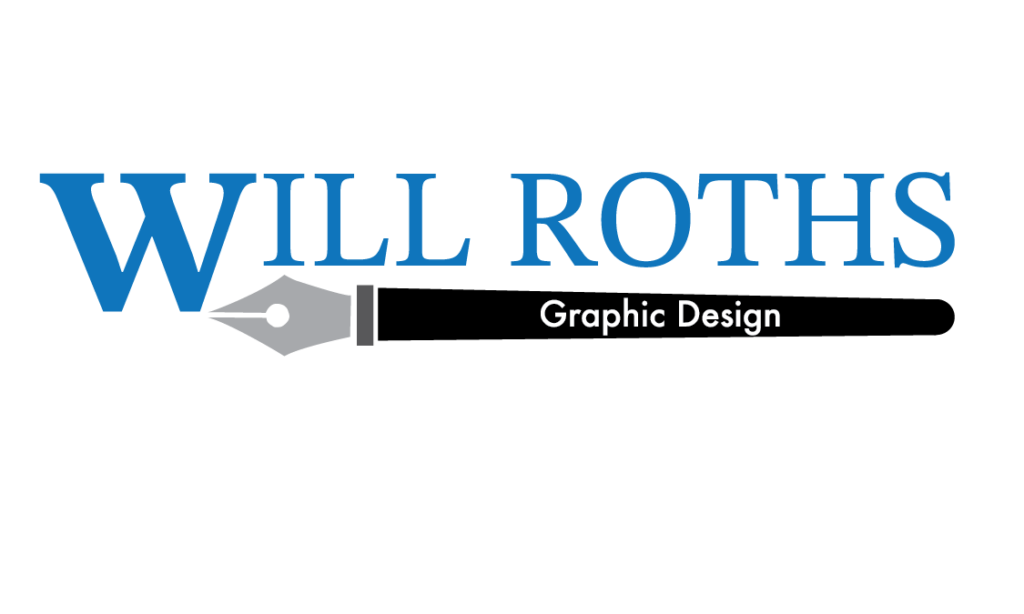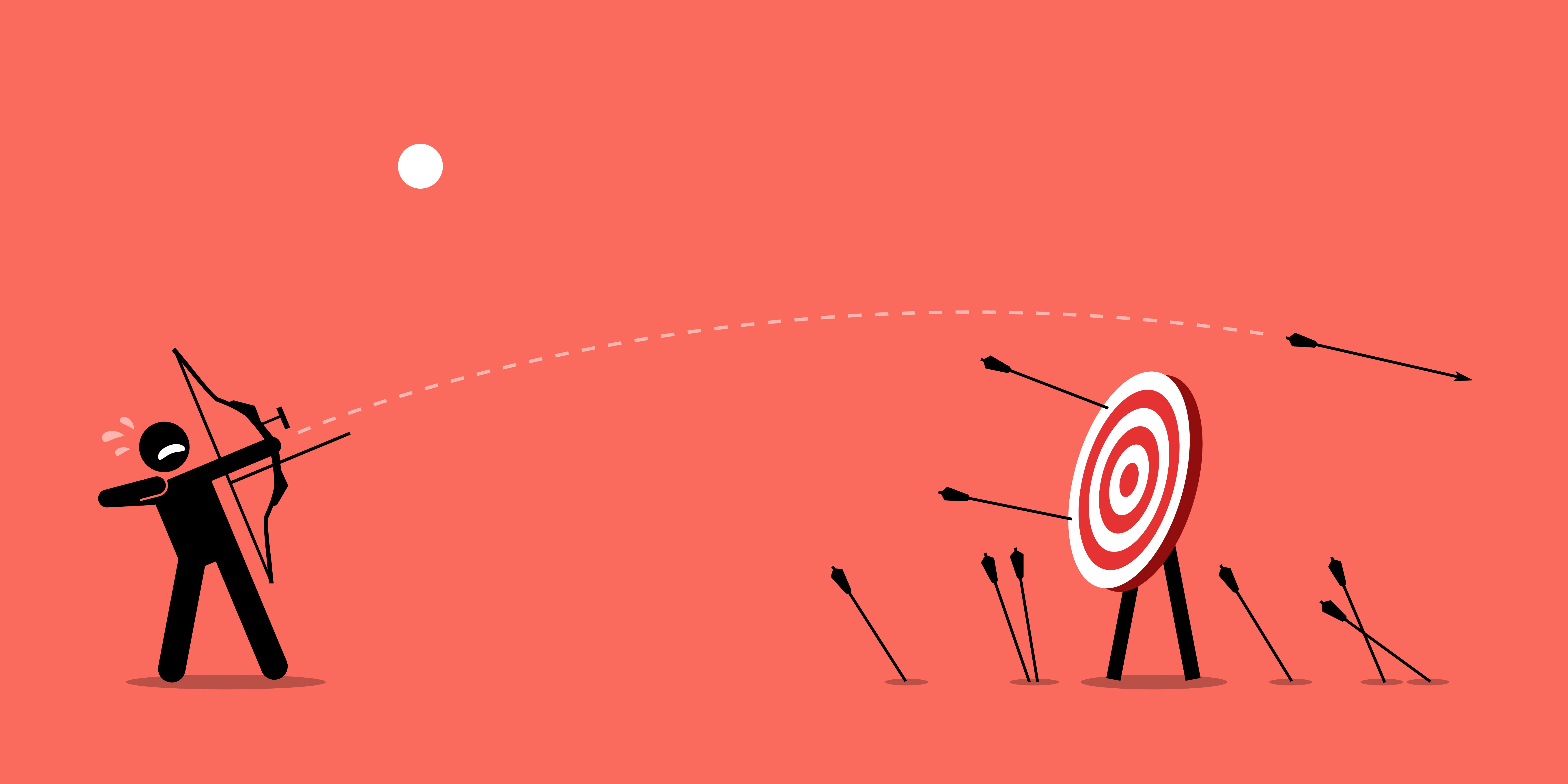Forms and space are parts of designs that can be used in a matter of different ways. The designs can be simple and easy to understand or something that is complex and stands out from other designs, but they all have a message within the space that are used to get interested of the viewer and that message is shared through imagery or typography within the space used. Form relates to the images, shapes, or figures used in a design then space whatever images or shapes are placed in the design and how the elements are arranged to create eye movement which can help identify and lead the viewer’s eyes to the design and receive its message. Now we have the form of the design space or the format of the design which is used to help create and control the message and the elements that are being used so that the design is simple and easy to understand. The space is considered neutral because the space that is being used is a simple square shape meaning that the amount of space is equal in height and width which creates a visual effect where no signal side has more influence compared to the other sides which are like that of a vertical format and either create an upward or downward thrust which will greatly affect how the design is received and absorbed by those who see it.
Now there are always parts of design elements that are considered either postive or negtive based on there sizes, colors, or even how the elements are possioned and arranged. Forms are considered a positive element which is the opposite of the negative space which is the part of a design that is not occupied by any type of form shapes, images, or text. The use of positive and negative forms and spaces can be affected based on the sizes and shapes used in the design for example if a shape or image is bigger or takes up more space the image could be considered negative while the white space is made smaller and becomes more of a positive component in the design compared to the image. Which then creates visual logic that affects how the design is perceived by viewers. This creates a relationship between the designs and the viewer’s brain which you want to be positive and engaging something easy to understand compared to how the viewer would be affected by a negative engagement which can be harder to understand and make it difficult to understand the images in the space.
Finally, when creating designs they should be made clear and decisive if possible or if it is needed but bottomline being clear and decisive means making a design were it is clear to see how the elements in the design are interacting in their space. For example, tiny shapes can be used to enhance the details of the design positively where as if the shapes are
larger, it makes it harder to visualize the design and can make the space seem empty or limited which creates negative space in the design which is not always bad, however you should try to limit or balance out the amount of positive and negative forms and spaces that are used in the layout of the design which will help the overall goal of any designs which is to draw that viewers’ attention but once that has been accomplished then you want the next thing the viewer seems to be something that they can understand and decipher the message in the design.
So, in conclusion, as you can see the use of form and space in design has a lot of rules or techniques that go with the concepts. Forms can be anything that is used in the design from a simple shape or some sort of photo of a person, object, or even something that creates the look of a texture and these design examples are used to fill up negative or empty space and create positive space within the design using those forms. Then you want to make sure that the shapes, text or images that are being used fill up negative space and create a positive form, but you should be careful because if the sizing of a shape is too big it affects the space if it is too big and takes up more space then is needed or possible then the shapes could end up becoming the negative space or become harder to see or become less effective within the design. I would have to say what I have learned most from this chapter is that it is important to have a balance of the forms that I use whether they may be images or typography and to make sure that I fill up space in the designs and leave some negative space Which will create some open room in the design as a way to create a balance between both the positive and negative forms and spaces.


